On the 1st of May 1590, Anne of Denmark – the new Queen of Scotland – landed with her husband, King James VI, at Leith, Edinburgh. This moment marked a huge turning point for the young Queen: she embraced her new home and life in an entirely foreign place, for the sake of her husband. She was of a different faith from her new subjects – as she was a Lutheran and Scotland was nominally Presbyterian – and she did not speak Scots or English, conversing in French with her husband and his court. Her life had completely changed, but the Scots (as friendly then as they are now) greeted her enthusiastically, with cannons booming in the distance and special platforms erected for her to walk along.
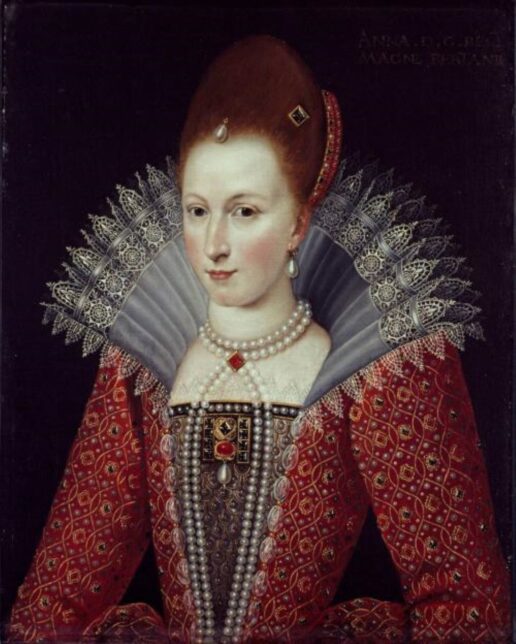
Anne’s journey speaks to a long history of women leaving behind what they know to travel to the Scottish unknown. Although Anne was obviously hugely privileged and enjoyed a life of unparalleled luxury – something most women who journey to Scotland will not have experienced – there are relatable elements in her story for many of those who migrate to our wee country. Knowing that she had given up everything she knew in order to follow her husband to a strange place is something that I imagine will have defined Anne’s life and her own self-image for a long time. It is no easy thing, and something I can’t imagine.
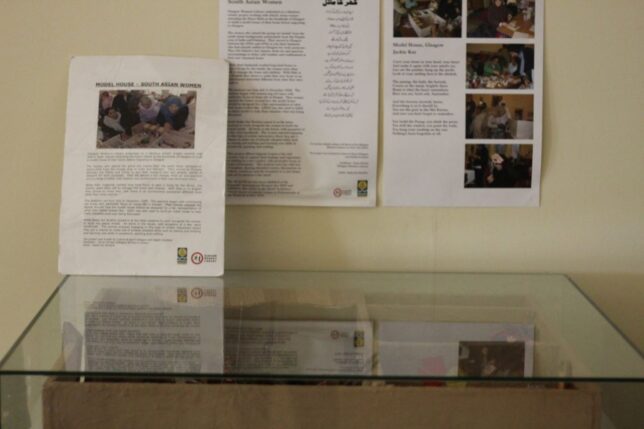
But for many women in Scotland, this is part of their experience. Like Anne, they too have moved to an unfamiliar place, perhaps with language barriers or part of a different faith as well. Unlike Anne, however, they are not greeted by large crowds and showered with money and riches – not everyone is a Queen (sadly). But the loss of home is a common theme for many women who have learned to call Scotland their new home, from the sixteenth century to today. Although I know many women who have journeyed to Scotland love this country and are happy to be here, there is always something left behind, a loss that something new will not be able to fill.
The project ‘Model House – South Asian Women’ produced my favourite display in the Glasgow Women’s Library and directly speaks to this loss. Tucked away slightly, it can be easy to miss but it is well worth taking some time to seek it out. Funded by Culture & Sport Glasgow, as well as Health Scotland, the GWL facilitated a series of workshops in 2008 where elderly South Asian women living in Glasgow came together to talk about the homes they left behind when emigrating to Scotland. They also set out to create a visual representation of their previous home. Most of the women taking part followed their husbands as they took up employment in Britain between the 1950s and the 1970s, swapping ‘a hot climate, fresh air and spacious surroundings’ for, well, Glasgow. Our wee country isn’t really known for its sunshine and spacious living conditions. Add to that the difficulties of learning a new language and the specificities of tenement living (I’m looking at you single glazing) and it becomes a very alien and perhaps challenging situation.
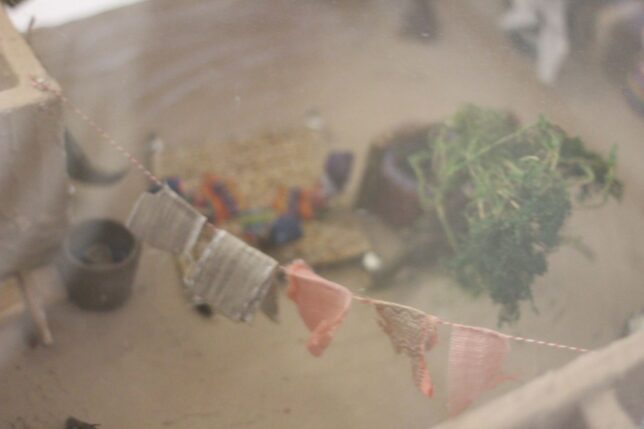
The project started with the group of women reminiscing about what life had been like back home. Most of the women came from the Punjab area of India and Pakistan so there was lots of common ground. They then started to discuss what the model house should look like, using different materials, like Lego to envisage what a good representation of their homes would be. The next stage involved artist Sadia Gul Ibrahim, who helped bring the women’s vision to life. Most of the model house is handmade, with the women utilising various skills that they already had (such as knitting and sewing) or learning new ones (such as woodwork and painting). The workshop series brought the women’s memories to life. The level of detail and care is really clear, with little baskets lining the yard’s walls and a colourful wee blanket decorating a bed. Every time I see this display, I notice something different and am blown away by the level of love that radiates out from underneath the glass that houses the model.
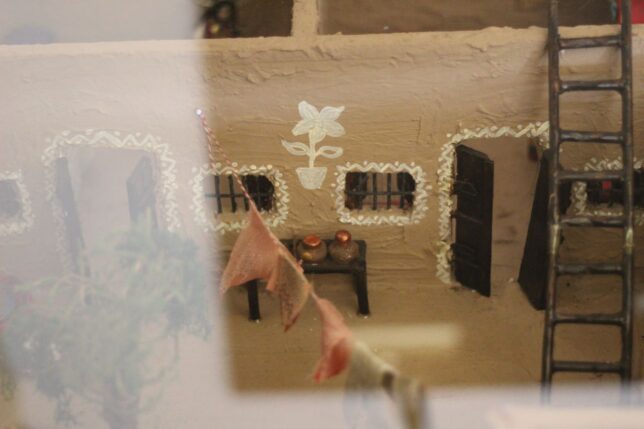
I think the display perfectly represents the duality of Anne’s and the project participants’ lives. A home that is no longer to be lived in, a lifestyle that can no longer be adhered to, and a community that one can remember fondly but no longer be a part of, makes up one half of the story. The other half is a new – if challenging – opportunity, the prioritising of family and duty, and a new home, one that hopefully will stay in your heart along with the old.
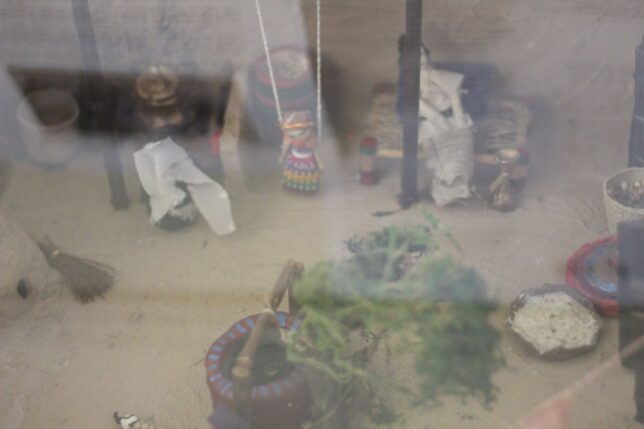
I wonder what Anne’s model home would have looked like. Probably a massive palace, with elaborate decoration: a home fit for early-modern royalty. But what would she have wanted to represent? What would she have wanted to showcase from her childhood? Would her husband and new subjects have gained a better understanding of her, and her past, if she had? The first few months of being in Scotland – her new home – must have been unfamiliar and daunting. Would a visual and material link to her home have made her heart ache more, or comfort her when she needed it? It’s an interesting thought. I know that the women participating in the model house workshop series loved the chance to relive some of their memories and to show others what their old home used to be like. The posters accompanying the display show the focus and joy of the women taking part. Although Anne lived a life of unimaginable luxury and privilege, she has her place in the large group of women who left their homes to come to Scotland. Who followed their family, husbands, work, to come here – swapping their normal for the unfamiliar and uncertain. I hope that she, and the women who took part of the project, found a place for themselves in Scotland and that this became a home too. If you had the opportunity to make one, what would your model house look like?

This video is licensed under a Creative Commons Attribution 4.0 International License.

Comments are closed.